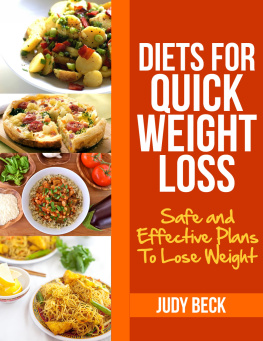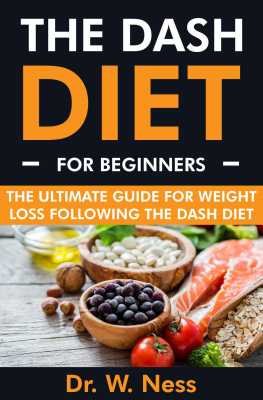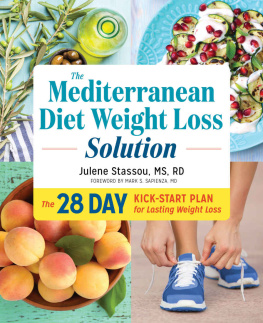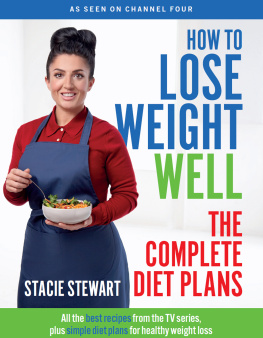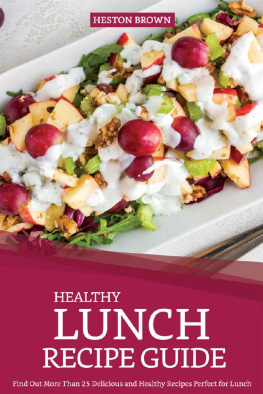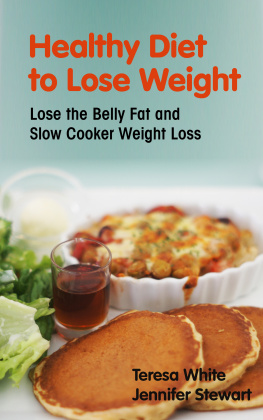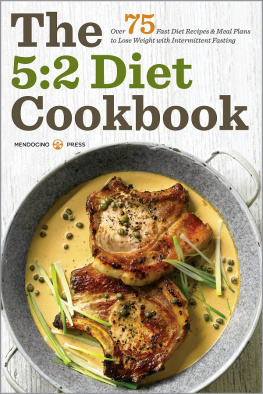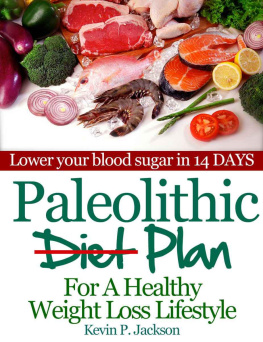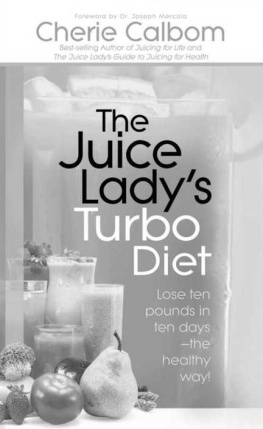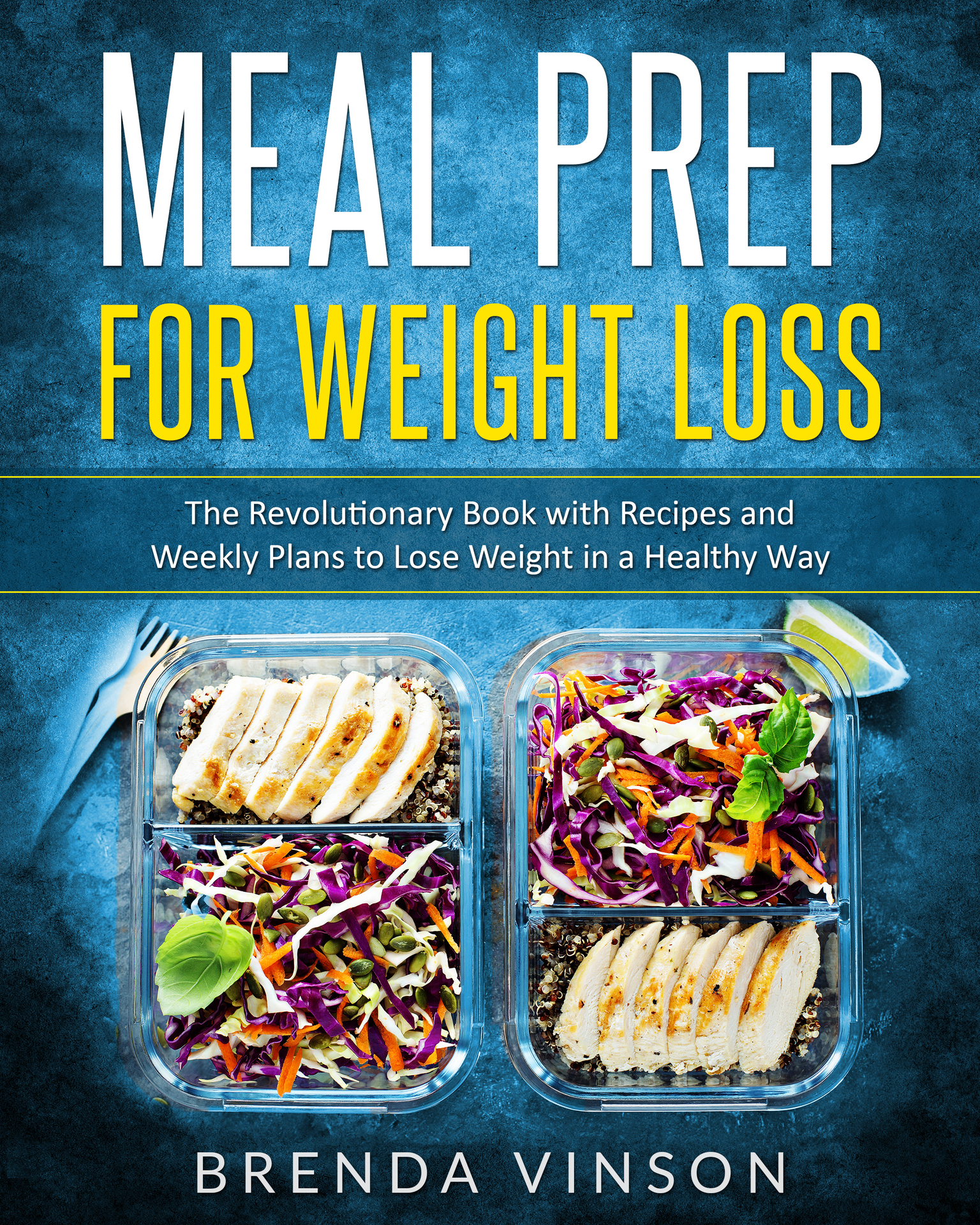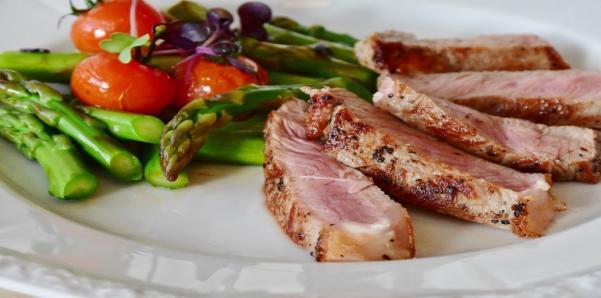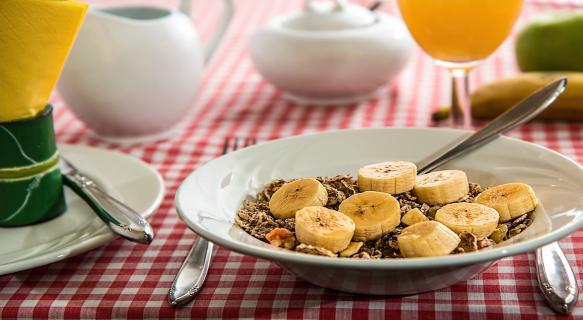MEAL PREP
FOR WEIGHT LOSS
The Revolutionary Book With Recipes and Weekly Plans to Lose Weight in a Healthy Way
Brenda Vinson
Table Of Content
Introduction
Image source: https://pixabay.com/photos/asparagus-steak-veal-steak-veal-2169305/
Cooking was not an option for a long time, and I now understand that it was because I was deciding what to make on the spot, and usually didn't have the necessary ingredients. When grocery shopping, I'd habitually buy common groceries like bread, meats, dairy, eggs, always forgetting vegetables. And, who wouldn't? They're bulky, perish quickly, and I never knew what and how much of it to buy so that I don't end up throwing it all out. After living this way for years, I was overweight. I didn't feel like I was eating that much, but I was overweight. I observed the obese, I have to admit, with a slight judgment, not understanding that I was on the way there
It wasn't until I started to notice that my weight started getting in the way of work that I had a wake-up call. Always tired, even after a good nap, I'd pretend to ignore the fact that my clothes were becoming tighter and tighter, and shopping new ones meant going a size-up, so I avoided doing it.
Honestly, the inspiration for this research didn't come from a grand vision to revolutionize diet or transform my own body. I remembered something else instead.
First, I remembered what I used to weigh and how I felt good while I was in college and fed exclusively on campus. I'm not trying to say that colleges have the best food, by any means. I'm trying to say that my diet habits quickly went from decent (eating on a schedule and including all food groups) to quite bad in a matter of months after I finished studies, got a job, and started living on my own. I thought I ate well because I always had healthy foods on my mind, but in reality, I'd skip breakfast, had take-out for lunch at work, and either ate take-out at home or ate out in fast-food restaurants. Don't get me wrong, I was happy with my life. I knew that it was slightly unbalanced and that I was not giving my diet due attention, but I wasn't concerned.
When I was browsing through my college photos, I noticed how slim I was back in the day, almost effortlessly. Immediately, I remembered those strangely plain, yet subtly satisfying cafeteria meals that didn't make me sleepy afterward. At the time of my weight-loss research, I was already delaying meals knowing I would be good for nothing afterward, but I remembered it didn't use to be like that. I remembered feeling truly well-fed and satisfied after seemingly unattractive meals.
What was it about those mass-cooked foods that worked so well? I wondered. I spent more money on cookbooks than I care to admit, and even more on foods that I ended up throwing out because I didn't use them in time. I thought to myself: "What if I'm making it more difficult than it has to be? What if the secret I'm looking for is in simplicity?"
It didn't take long before I started looking into cafeteria and hospital diets, only to learn that they have one thing in common: a great consideration for macronutrient balance. Looking at their menus, I understood why the ingredient mixes often seemed odd. I usually thought they were just giving us the leftovers from previous meals, but as it turned out, mass kitchens combine soups with plain pasta, peas, and chicken on purpose. This was designed to give my body enough protein and carbs to last until the next meal, and it did. I remembered heading straight to the library after lunch, and staying there till dinner, fully focused on my studies. No sluggishness, and no heavy feeling in the stomach. After dinner, I'd head out for some fun and socializing, and I was neither hungry nor tired until the next breakfast.Well, I concluded, they were doing something right!
Let's be real; I, much like yourself, want something better and tastier than the hospital and cafeteria food. This recollection merely sparked the idea to further research a balanced diet and craft a program for myself that I would be able to use and enjoy. I'm a foodie-just like you! So, can a diet be both lean and delicious? Of course! I invested months into the research, and upon finding out what exactly to do, I ended up shaving off pounds almost effortlessly. In fact, this new approach to eating was so mindful and fulfilling, that the weight soon became irrelevant. I learned how to instinctively pick foods to match my dietary needs, and it was enough for long-term weight loss. So, what did I do?
You'll have to go through the entire book to find out!
In this book, I'll tell you what makes a balanced diet, and you'll be surprised to learn just how many carbs it includes. You'll also learn why fats matter, and why avoiding them may have caused only temporary weight loss and subsequent weight gain. You'll also learn the importance of each individual nutrient group, which will help you learn how to combine carbs with fats and meats to fire up the metabolism without after-meal tiredness. I'll do this by gauging how much of each macronutrient you need per meal, and how to be creative with the use of fruits and veggies to sass up each meal. Congratulations on your desire to change the way you eat! As you read this book, I invite you to always think about, and write down, your ideas for favorite and most practical foods to eat and combine. The more thought that goes into your diet, the faster the weight loss! Now, get ready to start losing weight!
Chapter 1
How to Lose Weight
Image source: https://pixabay.com/photos/cereal-breakfast-meal-food-bowl-898073/
What is a Healthy Approach to Losing Weigh
A balanced diet is the key to long-term weight loss. I learned this the hard way, trying and failing with fad diets for years. In all truth, its not the complexity of a diet that makes it efficient; its the careful choice of foods that plays the most important role. Through months and years of experience, I learned that the art of recognizing the nutritional value of different foods and combining them in a way that benefits your body is the key to true weight loss. This chapter will introduce you with the concept of the balanced diet, explaining the importance and role of macro and micronutrients. In addition, you will learn how to tell how much of each food group you need, how to prepare them for maximum nutrient preservation, and how to incorporate this knowledge into your daily routine .
To find out what makes a balanced diet, I first read through successful weight loss studies. What I learned was that the majority of these studies focused on the ratio of macronutrients to spark metabolism. Here, I learned just how important it is to have small, but even portions of meat, carbs, vegetables, and fruits in my daily diet. Studies were run across six weeks to test the efficiency of a balanced diet compared with a dissociated diet, or the so-called food combining. In this study (Golaye et al., 2010), the participants were given a meal plan that consisted of approximately 1100 calories/day. The balanced diet used in this study consisted of approximately :



